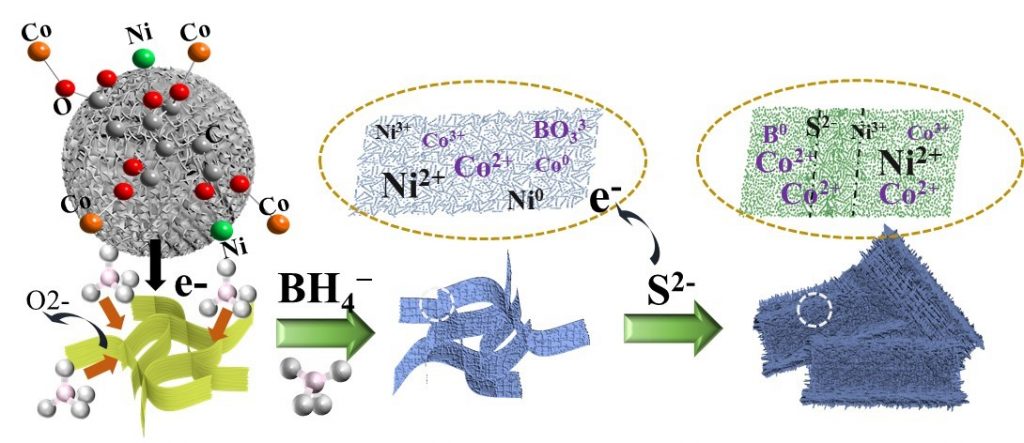Extensive energy demands by portable electronics and electric vehicles have indorsed the rapid development of highly efficient energy storage technologies for human society. Electrochemical capacitors (ECs) have received significant attention as a strong candidate in virtue of high power density, fast charging rate, and long-term cyclability. Since the performance metrics and energy storage mechanism of ECs depend on the electrode materials, extensive investigations have been performed to optimize the structure and electronic valence of inorganic materials to improve the energy density. Recently, metal-organic frameworks (MOFs), which are self-assembled by metal ions (or metal clusters) with organic ligands in high crystallinity and long-range order, are considered as emerging porous materials for electrochemical energy storage applications. In sharp contrast to the inorganic electrode materials, their diverse topology structure, tunable porosity, and abundant metal ions allow them to be a promising energy storage material. However, the poor conductivity and lack of structural stability of pristine MOFs remain the critical limitations for practical applications in energy storage devices.

In this work, the research group led by Prof. Xia Baoyu reports an effective redox approach by tuning the crystalline and electronic structure of the Co-Ni-MOF-derived Co-Ni-B-S to boost their fast-faradaic behaviors and achieve enhanced electrochemical energy storage performance. The as-activated Co-Ni-B-S exhibits a high specific capacitance (1281 F g-1 at 1 A g-1), remarkable rate performance (802.9 F g-1 at 20 A g-1), and outstanding cycling stability (92.1% retention after 10 000 cycles). An energy storage device fabricated by this activated Co-Ni-B-S exhibits an energy density of 50.0 Wh kg-1 at a power density of 857.7 W kg-1 with the capacity retention of 87.7% (up to 5000 cycles at 12 A g-1). The authors anticipate that the current approach would provide valuable insights in the electronic structure regulation of MOFs for energy storage technologies and beyond. This paper is published online on Advanced Materials (DOI: 10.1002/adma.201905744).
Link to the paper: https://onlinelibrary.wiley.com/doi/10.1002/adma.201905744